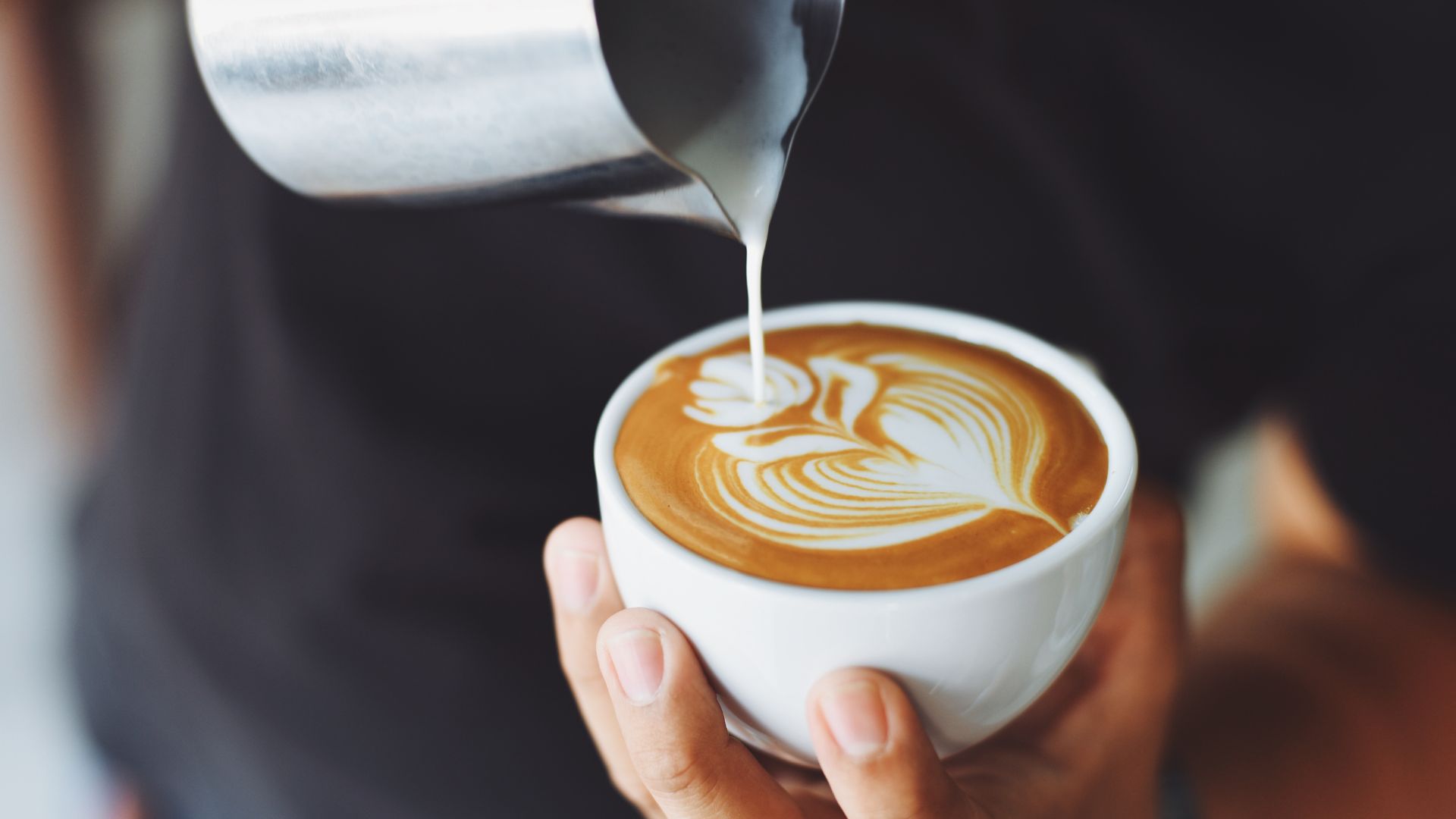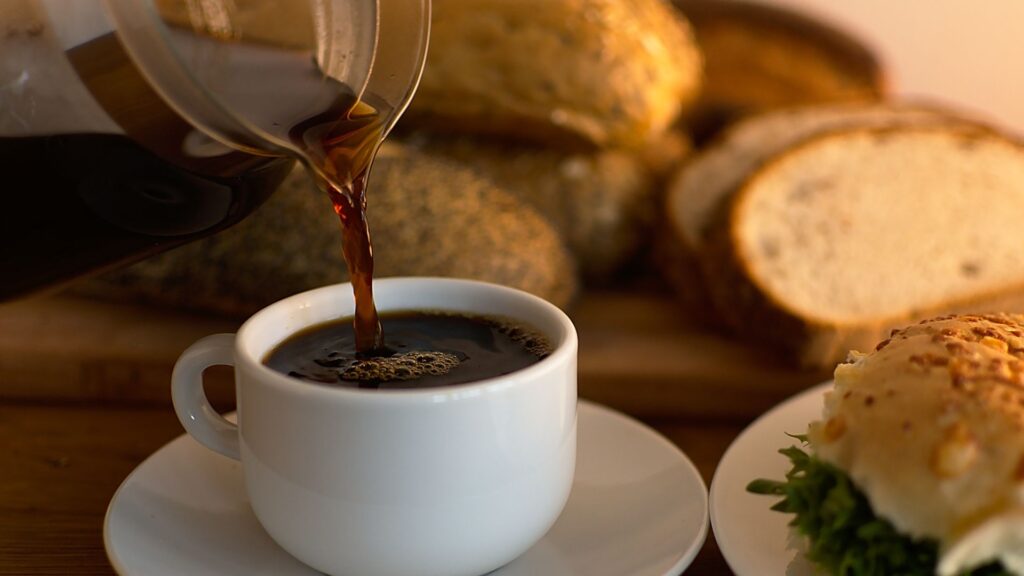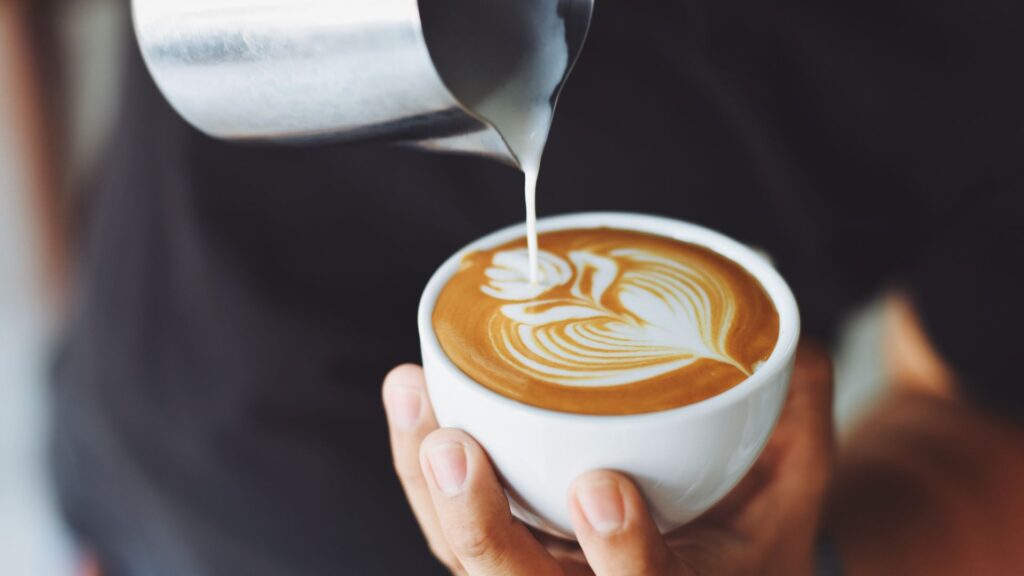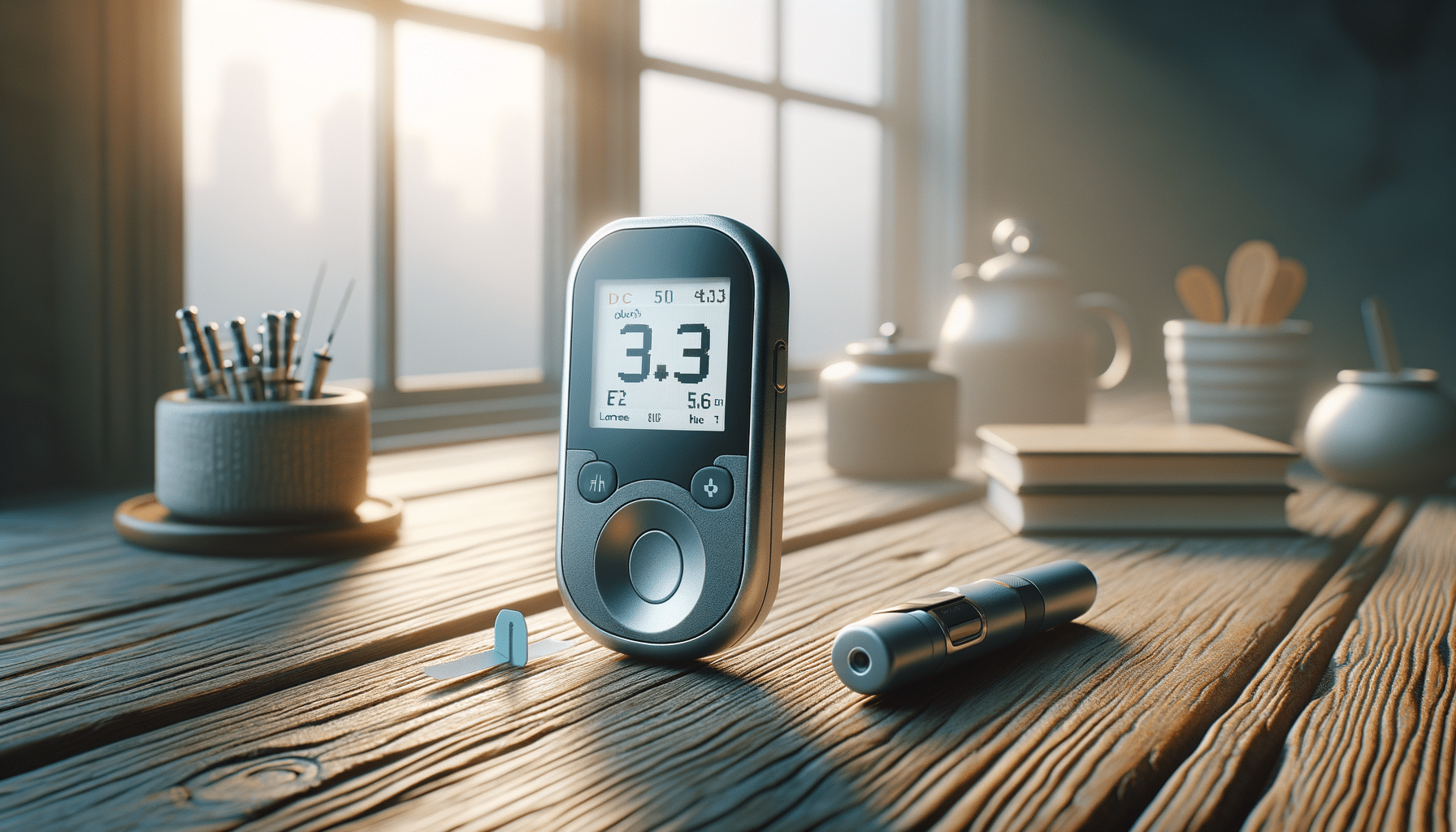
How to brew the perfect cup of coffee at home
There’s something truly satisfying about brewing a cup of coffee at home. Not only is it more cost-effective than constantly buying from coffee shops, but it also allows you to experiment with different brewing methods and flavours to find your perfect cup. Whether you’re a seasoned coffee enthusiast or just starting to explore the world of home brewing, making a great cup of coffee is a rewarding experience.
In this article, we’ll guide you through the essentials of brewing the perfect cup of coffee at home, from choosing the right coffee beans to mastering various brewing methods:
- Choosing the right coffee beans
- Grinding coffee beans
- Brewing methods
- Don’t be afraid to experiment to find the perfect brew for yourself
Choosing the right coffee beans
The foundation of a great cup of coffee starts with the beans. While it might be tempting to grab a bag of pre-ground coffee from the supermarket, the quality of the beans you choose plays a huge role in the flavour of your brew. Fresh, high-quality coffee beans make all the difference, so it’s worth investing in good beans if you want to elevate your coffee experience.
When selecting coffee beans, consider whether you prefer light, medium, or dark roasts. Lighter roasts tend to highlight the natural flavours of the beans, with fruity, floral, or herbal notes, while darker roasts have a more robust, smoky flavour. The region in which the coffee beans are grown also affects the taste—beans from Ethiopia, for example, are known for their fruity and floral characteristics, while beans from Colombia tend to have a well-balanced, nutty flavour.

If you want the freshest coffee possible, buy whole beans rather than pre-ground coffee. Grinding your beans just before brewing ensures that the coffee retains its natural oils and flavours, resulting in a more aromatic and flavorful cup. Look for beans from a reputable roaster or local coffee shop, and try to choose beans with a roast date rather than an expiration date to ensure maximum freshness.
“Brewing coffee at home is more than just a routine; it’s a chance to discover, experiment, and perfect the art of making your perfect cup.”
Grinding coffee beans
Once you’ve chosen your beans, the next step is grinding them to the right consistency. The grind size is crucial because it affects how the coffee is extracted during brewing. A grind that’s too fine can result in over-extraction (making the coffee bitter), while a grind that’s too coarse can lead to under-extraction (resulting in weak, flavourless coffee).
Different brewing methods require different grind sizes, so it’s important to adjust your grind based on the method you’re using. Here’s a quick guide to help you:
Drip Coffee Maker: A medium grind works best for drip coffee makers. It’s similar to the consistency of table salt. This grind allows water to flow through the coffee grounds at the right speed, ensuring proper extraction.
French Press: For French press brewing, you’ll need a coarser grind. Think of the consistency of breadcrumbs. This prevents the coffee grounds from slipping through the mesh filter and helps create a smoother, fuller-bodied brew.
Espresso Machine: Espresso requires a fine grind, almost powder-like. The finer the grind, the more surface area there is for the water to extract flavour from, which is key to making a rich, concentrated shot of espresso.
Investing in a good burr grinder is highly recommended, as it provides a more consistent grind compared to blade grinders. Consistency is key to achieving a uniform extraction, which results in a more balanced cup of coffee.

Brewing methods
There are several methods to brew coffee at home, each offering a different flavour profile and experience. Here are a few popular options:
Pour-Over: The pour-over method is a simple yet effective way to brew coffee. It involves pouring hot water over coffee grounds in a filter, allowing gravity to pull the water through the grounds and into a carafe or mug. This method gives you more control over the brewing process, allowing you to adjust the water temperature, pouring speed, and coffee-to-water ratio to suit your preferences. A popular pour-over coffee maker is the Chemex, which produces a clean, flavourful cup of coffee.
French Press: If you’re after a rich, full-bodied cup of coffee, the French press is an excellent choice. The coffee grounds are steeped directly in hot water, allowing oils and fine particles to remain in the brew, resulting in a fuller taste. To brew, simply add coarsely ground coffee to the French press, pour in hot water, stir, and let it steep for about four minutes before pressing the plunger down. This method is ideal for those who enjoy a bolder, more robust cup.
Espresso Machine: For those who prefer a strong, concentrated coffee, an espresso machine is the way to go. Espresso is made by forcing hot water through finely ground coffee under high pressure, resulting in a small but intense shot of coffee with a rich flavour and crema on top. If you’re a fan of lattes, cappuccinos, or flat whites, an espresso machine is essential. Keep in mind that making espresso requires a bit of practice to perfect the grind size, tamping pressure, and brewing time, but the results are well worth it.
Aeropress: The Aeropress is a versatile and compact brewing method that’s popular among coffee enthusiasts. It uses air pressure to push hot water through the coffee grounds, resulting in a smooth and flavourful cup. The brewing time is quick (about two minutes), and you can experiment with different ratios and grind sizes to create a cup that suits your taste. The Aeropress is perfect for those who want a portable, easy-to-use option with minimal equipment.
Don’t be afraid to experiment to find the perfect brew for yourself
Brewing the perfect cup of coffee at home is all about experimentation and finding what works best for you. Start by choosing fresh, high-quality beans, and grind them just before brewing for the best flavour. Experiment with different brewing methods, from pour-over to French press to espresso, and find the one that produces the coffee you love most. Don’t be afraid to adjust your grind size, brewing time, and coffee-to-water ratio to suit your taste preferences.
Let’s recap today’s article:
- Fresh, high-quality beans are key to a great cup of coffee. Opt for whole beans, which preserve flavour, and choose beans based on roast type and origin for desired taste profiles.
- Grind size is crucial for extraction. Use a medium grind for drip coffee, coarse for French press, and fine for espresso. A burr grinder provides a more consistent grind than a blade grinder.
- Common brewing methods include pour-over (for control and clarity), French press (for full-bodied coffee), espresso machine (for concentrated shots), and Aeropress (for a smooth, quick brew).
- Adjust grind size, coffee-to-water ratio, and brewing time to suit personal taste preferences. Each method offers a different flavour profile, so experimenting is key to finding the perfect cup.
- Brewing coffee at home is an enjoyable and cost-effective way to enjoy high-quality coffee. With fresh beans, the right grind, and experimentation with methods, you can achieve a cup that suits your tastes perfectly.
Making coffee at home is a fun and rewarding experience that can save you money and give you more control over the flavour of your coffee. Whether you’re a beginner or a seasoned coffee aficionado, with a bit of practice and the right tools, you can brew a cup of coffee that rivals your favourite café. So, grab your beans, choose your brewing method, and enjoy the journey of discovering the perfect cup for your tastes. Happy brewing!
